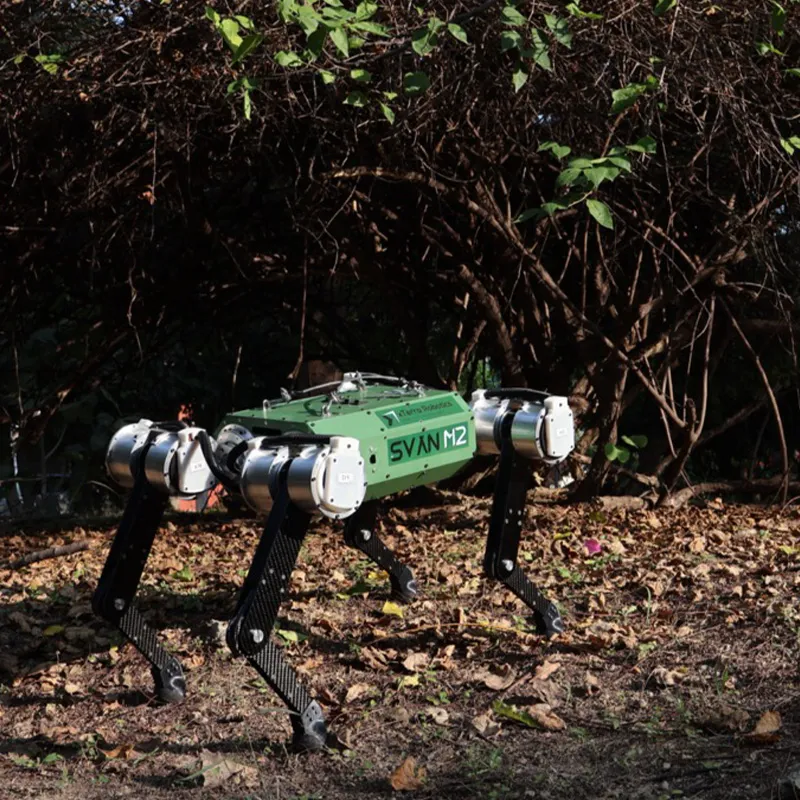Intro
xTerra Robotics is an Indian deep-tech Robotics and AI startup based at IIT Kanpur, specializing in advanced autonomous legged robots designed to navigate challenging terrains and serve in defense, industrial inspections, security, and surveillance. The company focuses intensely on solving locomotion challenges, offering resilient, high-performance legged robots that outperform traditional wheeled solutions in versatility and adaptability. Their business model includes direct sales targeting defense and industrial sectors, collaborative development with research institutions and government agencies, and Robotics as a Service (RaaS) subscription models for flexible deployments, continuous maintenance, and digital monitoring. xTerra Robotics aims to empower industries with robots that enhance safety, efficiency, and operational speed while reducing human risks. The startup is also recognized as part of India's emerging innovation ecosystem, actively engaging in incubation programs and leveraging advanced AI for robot adaptability and learning.
Robots
- SVAN M1:
A quadruped robot weighing approximately 9 kg, capable of carrying a 2 kg payload, with a max speed of 0.7 m/s and operational temperature range between -5°C and 40°C. Designed for inspection and surveillance in varied environments. - SVAN M2:
An advanced 11 kg quadruped robot with a 5 kg payload capacity and a max speed of 1.0 m/s. It is equipped with state-of-the-art onboard computing and middleware for agile operation, targeting more demanding industrial and security applications. - Cobot C1:
A robot manipulator designed to integrate with legged platforms, enhancing manipulation capabilities alongside advanced locomotion. - QDDA2 Actuator:
Precision actuators developed in-house to deliver high torque, control, and power for complex robotic movements, crucial to the performance of their legged robots.
Specialism
- Advanced Locomotion:
Robots engineered to traverse challenging terrains, including rough, uneven, and obstacle-rich environments where wheeled robots struggle. - AI-Powered Adaptability:
Integration of artificial intelligence enables the robots to learn from and adapt to the environment in real-time, improving operational robustness. - Modular and Scalable Design:
Robotic platforms designed for flexible payloads and easy integration with additional components like manipulators. - Safety and Efficiency in High-Risk Operations:
Robots are tailored to operate in defense, inspection, security, and surveillance roles, where enhanced situational awareness, autonomous navigation, and risk reduction are critical. - Robotics as a Service (RaaS):
Subscription-based model providing clients with robot access, ongoing maintenance, software updates, and data analytics through a digital platform.
Business Viability
xTerra Robotics benefits from its strategic base at IIT Kanpur with strong research collaborations, access to incubators, and participation in innovation ecosystems like the Citi Social Innovation Lab. Despite being a young startup with a small team, they have launched India's first commercial legged robot (SVAN M2) and secured initial customers while advancing RaaS offerings. The company's focus on high-value, niche markets such as defense and industrial inspection, combined with its proprietary actuator technology and AI capabilities, positions it well for rapid growth. Engagement with government agencies and industry partners supports ongoing innovation and market adoption, indicating promising business sustainability and expansion potential.











